Patterns
Kits
sundries
knitting tools, buttons and notions, project bags and other pleasing little things
knitting tools, buttons and notions, project bags and other pleasing little things
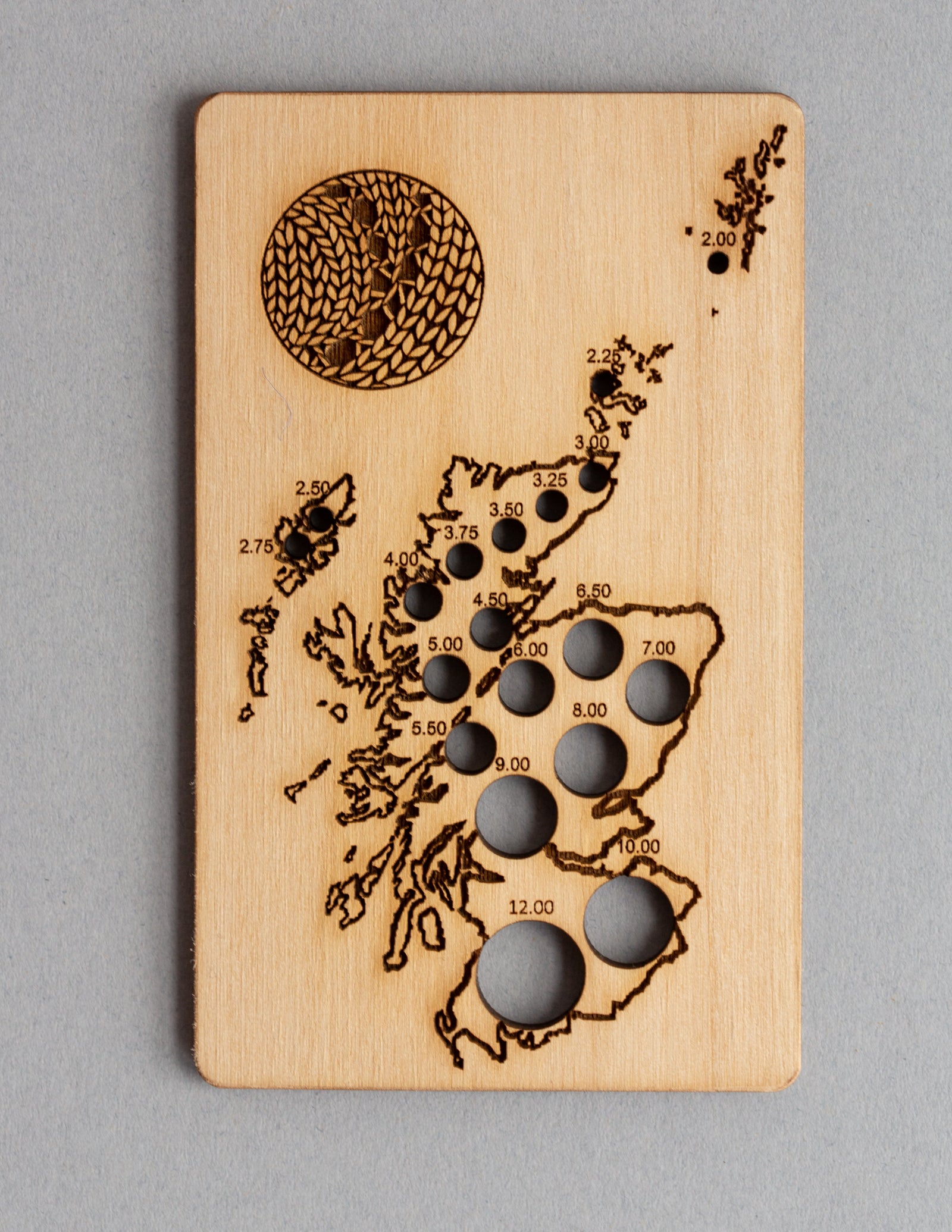
Exclusive Scotland needle gauge by Katrinkles
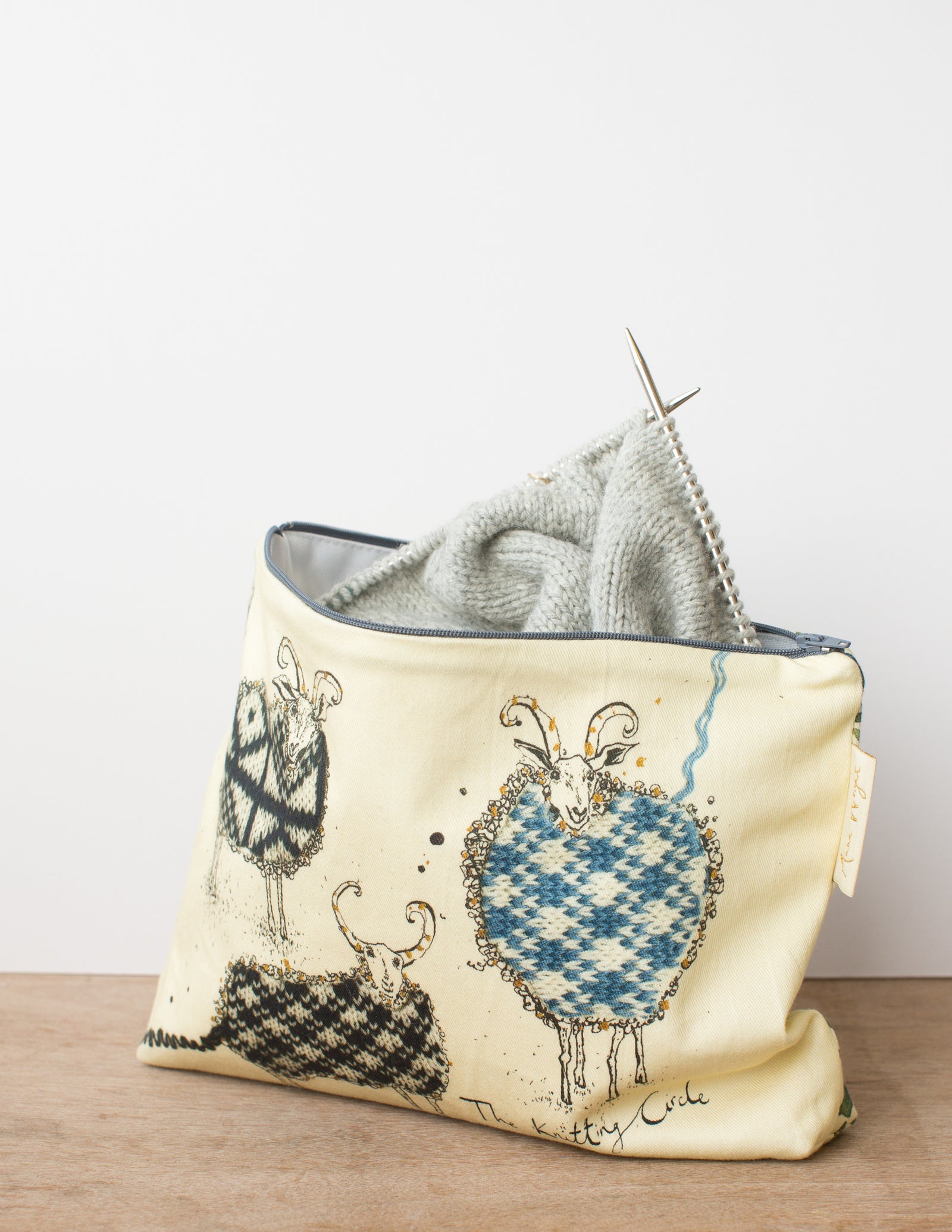
Zippered pouches in two sizes by our studio neighbour Anna Wright
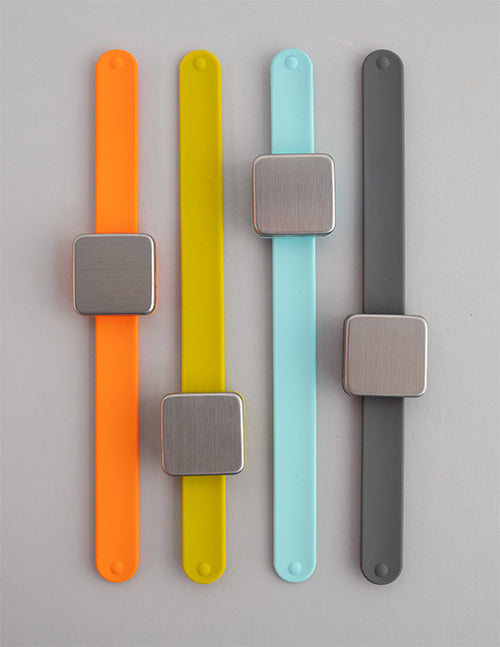
keep small tools accessible with the Maker's Keep
gift 2019
Subscribe to our Colourwork Club for a gift that lasts well into the new year. Your recipient will receive a new colourwork kit in Janurary, February and March
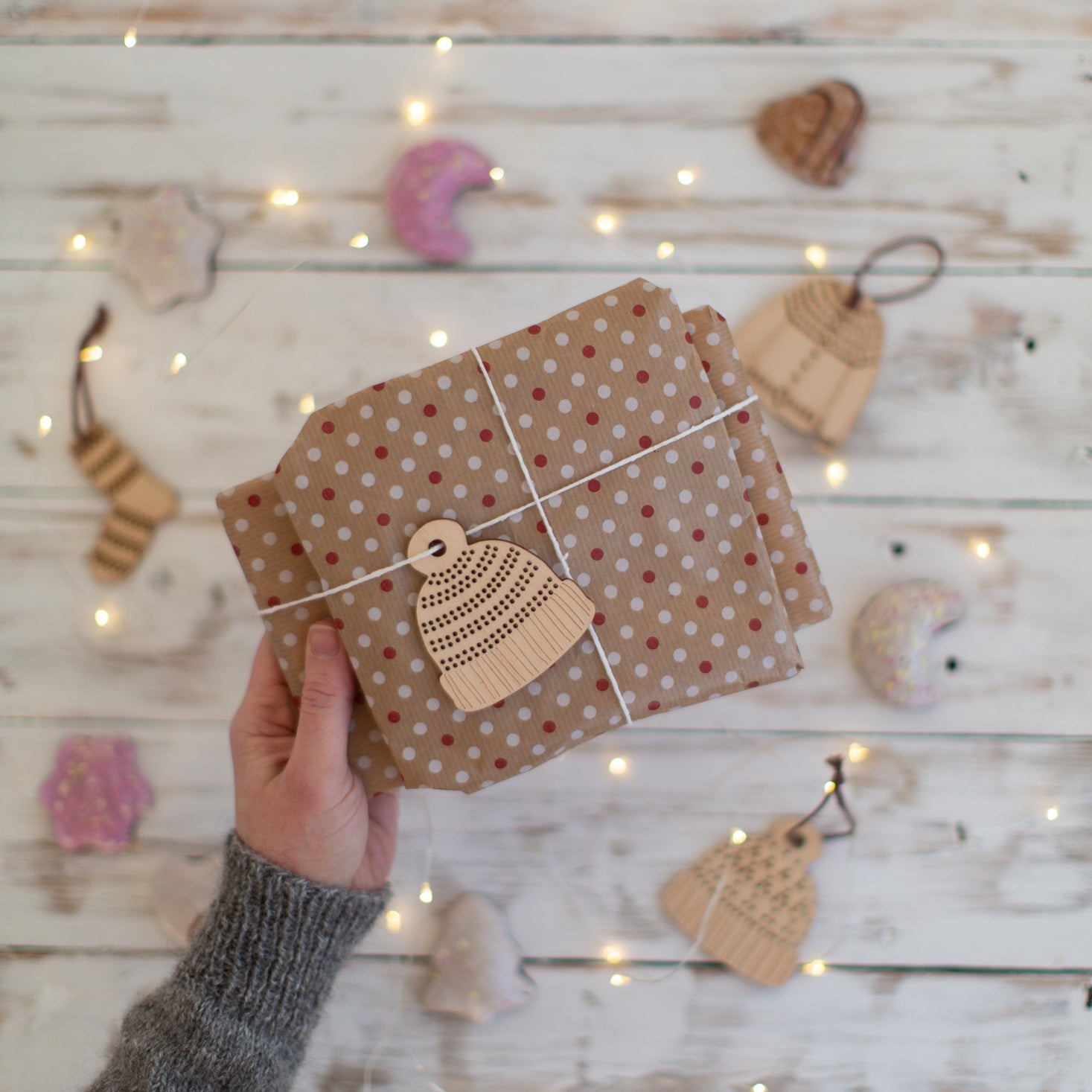
Subscribe to our Colourwork Club for a gift that lasts well into the new year. Your recipient will receive a new colourwork kit in Janurary, February and March
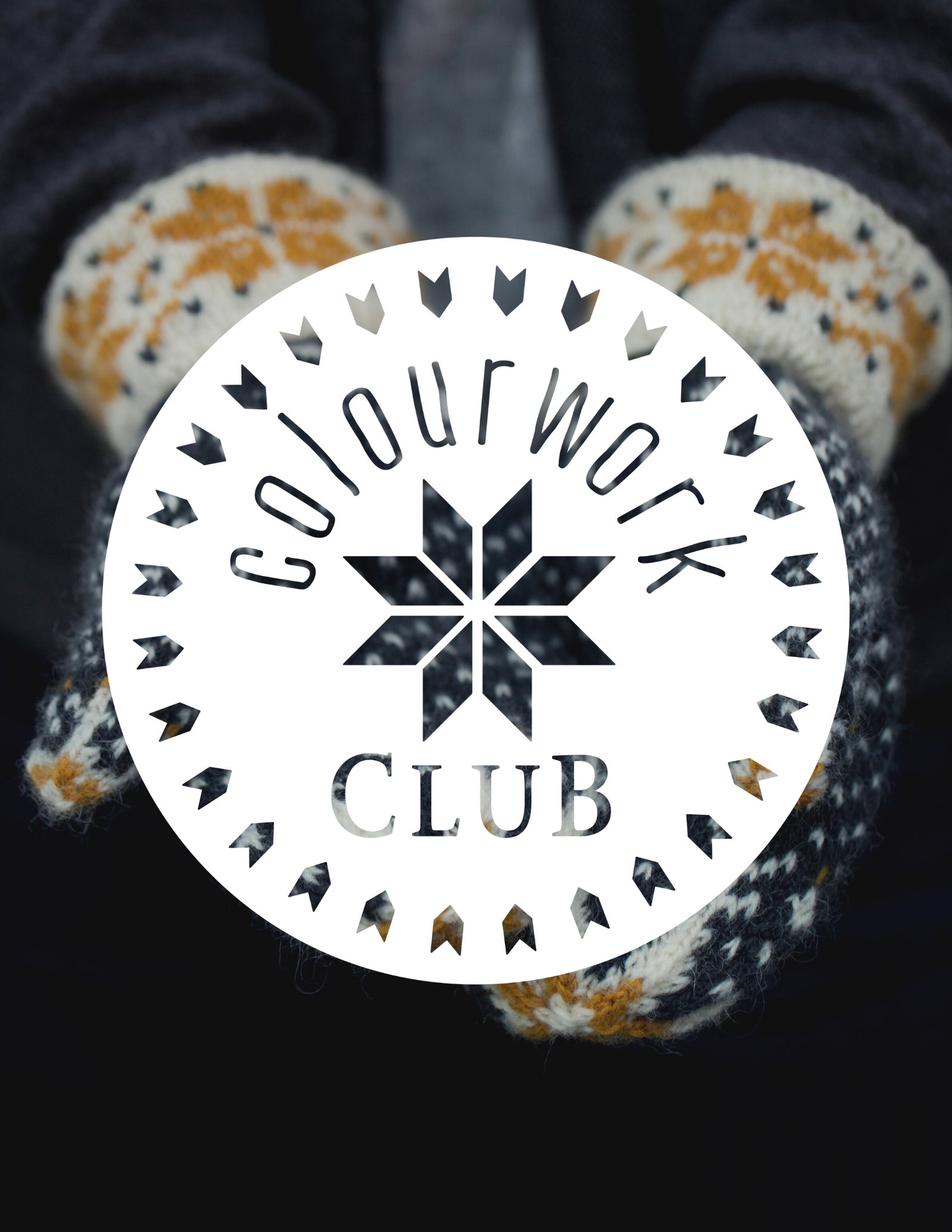

Last minute shopping? Gift cards are delivered electronically - forward the email or print it for your recipient. A range of amounts are available and gift cards don't expire.

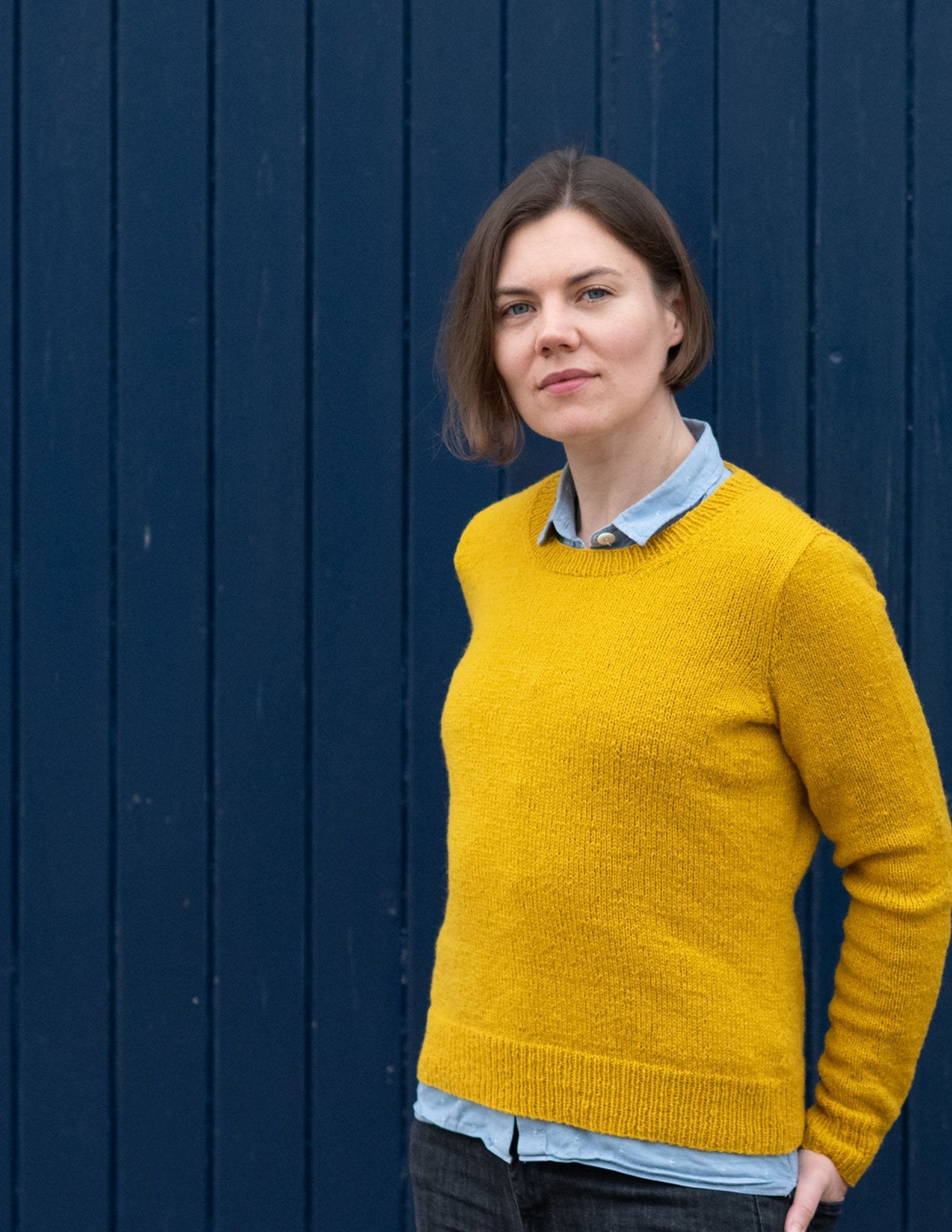
Pay what you can pattern pricing
May 10, 2019
Pricing patterns has always been one of the hardest parts of designing and I’ve often felt like the “standard” price of knitting patterns is both lower than other similar products (eg. indie sewing patterns) and doesn’t really reflect the amount of work that goes into them. At the same time, it’s totally fair to worry that rising pattern prices will price people out. Of course pattern prices are only one aspect of the many ways knitting can be expensive, and that as a community it can feel exclusive and like you have to spend a lot to fit in. I’d like to find a price that balances valuing the work in a pattern, and being inclusive. Consequently I’m trialing a higher price combined with pay what you can options on couple of patterns, and hope to extend it to more. In this post I’ll break down some of the challenges of pattern pricing, and explain how the new model works.
Some of the challenges in pricing patterns
I’ve been an indie, self publishing designer for almost 14 years. Now I also run an online store, growing dye studio, AND design. We’ve got a team of 8 and there are never enough hours in the day. In that time I’ve seen a lot of changes in the industry, and a lot of the same conversations circling back around.
In the early years of designing full time I struggled to be taken seriously as a business owner within the industry: how could you have a business selling only patterns? After all, wasn’t the primary purpose of a pattern to entice someone to buy the yarn. The irony’s not lost on me that I ended up selling yarn.
I often see marketing people, and sometimes yarn brands and shops, divide customers into groups based on the price point of their yarn choices, and argue that a shop should cater to just one of those groups. Of course some knitters need to be very budget conscious, and for others any yarn is an insignificant purchase, but I think the vast majority of knitters shop in a more fluid way — we choose yarns across the price spectrum depending on the project (or our other spending that month!).
Since we began selling yarn it's been a priority for me to offer both more luxurious artisan yarns, carefully chosen so their higher prices are actually a fair reflection of the quality and work involved in their production, alongside affordable choices that are ideal for everyday garments and accessories. I don't ever want anyone to feel like they aren't welcome in my booth at an event, or to share their projects using a cheaper yarn substitute, and I want to make sure that if you do need to be careful of your spending on yarn that I have options that will make the most of your money.
For yarns, stocking a range at different price points is mostly a matter of selection. We choose a variety, do what we can to keep shipping costs affordable, and accept that we’ll never sell the volume to compete with the lowest possible yarn prices out there. Even when we’re importing a yarn the price is a, relatively, straightforward calculation based on the price we paid, import costs and the exchange rate. For digital patterns, there’s no such simple calculation, but I want the values that affect how we choose yarn to permeate every aspect of the business.
The changes in my business have given me a lot of different perspectives on pattern pricing, and, at the same time, intensified my commitment not to devalue the work that all designers put into their patterns. Everyone’s business is different, but pricing a digital product is such a shot in the dark that I am conscious of how my pricing can affect the perceived standard. Choosing a price is always a balancing act: will this price affect how many patterns I sell? Will it make enough of a difference to matter in the end? Will my customers still be able to afford it? Will I sell enough to cover the costs of making the pattern?
Producing a knitting pattern might be more expensive than you’d think, and meeting the upfront production costs can take months or even years. It’s important to me that the people involved in producing my patterns are paid fairly for their work. That includes our in house team, sample knitters, tech editors, photographers and models. For a sweater pattern, especially one like Ravelston with multiple samples the upfront costs can easily be well over £1000.
Some patterns will be popular and sell more than enough copies to cover those fixed production costs. Some won’t. Even if a pattern is popular enough to cover the initial outlay, selling more copies isn’t pure profit: things like payment processing and Ravelry fees apply to each one, and the level of customer support can, at times, increase disproportionately to sales.
Pay what you can pricing
This idea was specifically inspired by recent conversations amongst designers and knitters, about inclusion and sustainability and particularly by Francoise Danoy who has introduced pay what works pricing on her gorgeous new Whakahoahoa Shawl. It is, of course, an idea that’s often used in other fields, the most famous example probably being Radiohead.

I genuinely don’t know if this is the answer to finding balance between communicating the true value of a pattern and including everyone but I thought it was worth trying and welcome your feedback. We discussed it at our team meeting last week, and the major concerns were: that it might foster a race to the bottom, after an initially generous period, where it would be hard for any designer to make more than the lowest “normal” tier; and that it was open to abuse by people who were happy and able to spend lots on more tangible items. Both of those are really valid concerns, and I’m not expecting this to be the right fit for every designer. For the latter: we certainly don’t want to put people in the position of having to ask for a lower price, or prove that they’re deserving. The nature of an honours system and human nature is that often the people who can most afford not to be are the cheapest.
How does it work?Currently pay what you can pricing is available on Ravelston and Thebe. Just select the price that works for you and checkout as normal.
Is this available on Ravelry?No, but you will be able to add your pattern to Ravelry after checkout. We’re not offering this via Ravelry because we’d have to do more manual processing of VAT. This may be available in the future.
Are there non-financial ways to support your work?Yes! It makes a huge difference if you take the time to share your projects, on Ravelry, social media, or face to face. Writing reviews, sharing a post that resonated with you, suggesting stocking my books to your LYS – all of that makes a real difference to whether other people in your circle find both my creative work and online store. It’s always appreciated!
Also in Journal
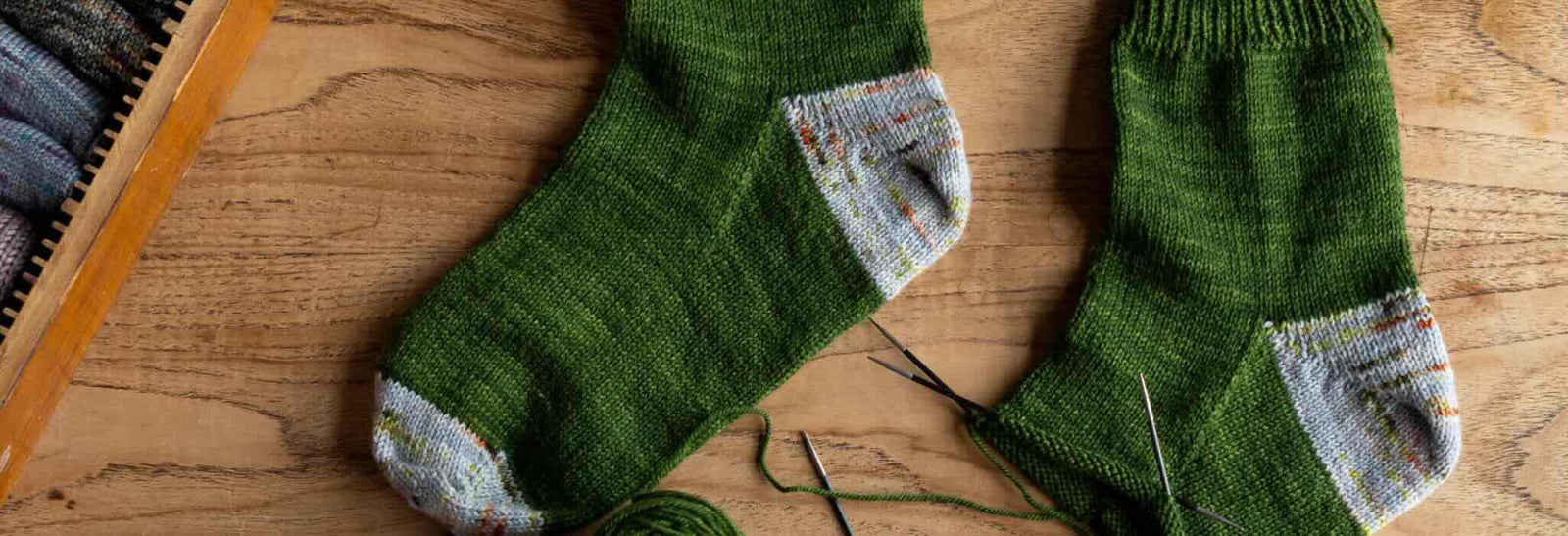
Deep Shadow Heel Tutorial
September 25, 2025

20 Years of Ysolda Knitting Patterns: Part 2
June 23, 2025

20 Years of Ysolda Knitting Patterns: Part 1
June 19, 2025
Recent Articles
-
Deep Shadow Heel Tutorial
September 25, 2025
-
20 Years of Ysolda Knitting Patterns: Part 2
June 23, 2025
-
20 Years of Ysolda Knitting Patterns: Part 1
June 19, 2025
-
Learn to Knit: Mattress Stitch
March 29, 2023
-
How to Knit a Scarf: A Beginners Guide to Scarf Knitting
March 23, 2023
-
Learn to knit: the long tail cast-on
February 03, 2022
-
How to Graft Your Knitting
December 09, 2021
-
Crochet Provisional Cast-on
December 02, 2021
-
Learn to knit: How to knit in the round with double pointed needles
November 25, 2021
-
Learn to knit: How to knit in the round using the magic loop technique
November 25, 2021
Free resources
-
KALS, step-by-step pattern guides and free patterns
Learn brioche with the free Daniel's Hat pattern
Tombreck - a free chevron beanie pattern
Working the brioche neck detail on the Polwarth sweater
Installing a zipper and ribbon, finishing wee Carson
Yarn colour ideas for Threipmuir sweater
Additional colourways for the Joy mitts (choose your pride flag)
How to join the shoulders on Wardie
How to join the pockets on Granton and Wardie
Finishing Resources for Granton
Broughton mittens tutorial part 1
Broughton mittens tutorial part 2
Broughton mittens tutorial part 3
Basics
Casting on
Decorative Channel Island Cast-on
Binding off
3 Easy Stretchy Bind-offs (p2tog bind-off; k2togtbl, k1 bind-off; Jeny's surprisingly stretchy bind-off)
Tubular Bind-off for brioche stitch
Increasing
Paired increase methods compared
How to continue in pattern while increasing and decreasing
Decreasing
Brioche stitch double decreases
Knitting in the round
How to Knit in the round using Magic Loop
How to Knit in the round using DPNs
Short rows
Swatching and gauge
Tips and tricks
Avoiding ears when binding off
Tighter purl stitches for neater cables and ribbing
Cabling without a cable needle
How to knit more symmetrical yarn overs
Bust darts in sweaters with all over stitch patterns
A magic formula for evenly distributing shaping
Superwash v Non-Superwash Wool
Picking up sts from the middle of the fabric
Reading knitting patterns
Understanding "continue in pattern"
Help! Where am I in my knitting project?
Using charts, even if you hate them
Finishing
Garment knitting
Joining the body and sleeves on a seamless bottom up sweater
Sizing
Ysolda’s sizing chart for knitwear designers
Inclusive garment knitting
How to pick a garment without a model for you (specifically addresses finding garment patterns when your gender identity isn't represented and the styles you want to knit might not be sized to fit your body)
How does ease affect inclusive size ranges?
Specific stitch patterns
Lace
Identifying and fixing mistakes in lace knitting
Colourwork
Getting started with stranded colourwork
Understanding colour dominance
Working stranded colourwork over small circumferences
Decreases in stranded colourwork
Holding the yarn for stranded colourwork
Ladderback Jacquard (a neat way to deal with long floats)
Cables
Cabling without a cable needle
Cabling without a cable needle on the wrong side
How to knit cabled decreases
Closed ring cable increases and decreasesBrioche
How to work brioche stitch in the round
Other crafts
Cross stitch
How to begin your first large cross stitch project
How to finish a cross stitch project with an embroidery hoop frame
Mending

Sign up today
Find out the latest news from the studio such as sales, pattern releases, and new workshops or KALs our learning community, The Knitwork. We also share helpful tips and exclusive subscriber discounts...



